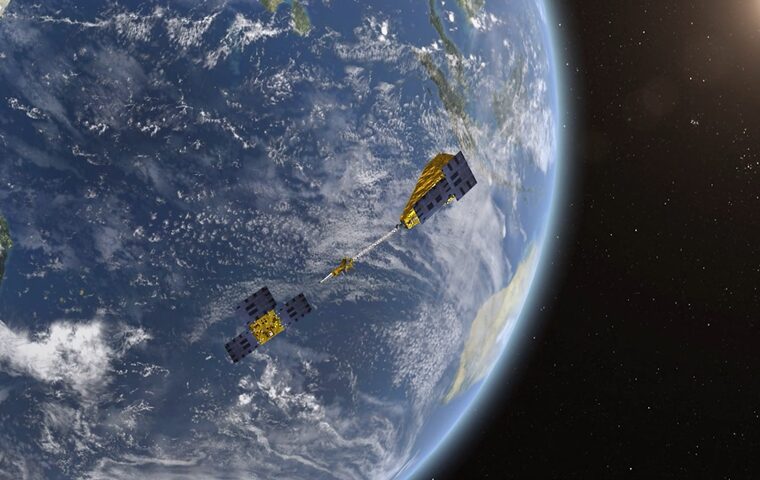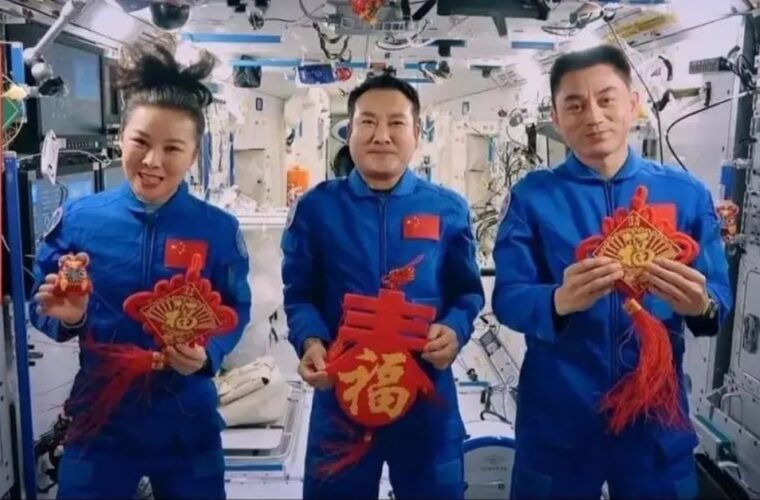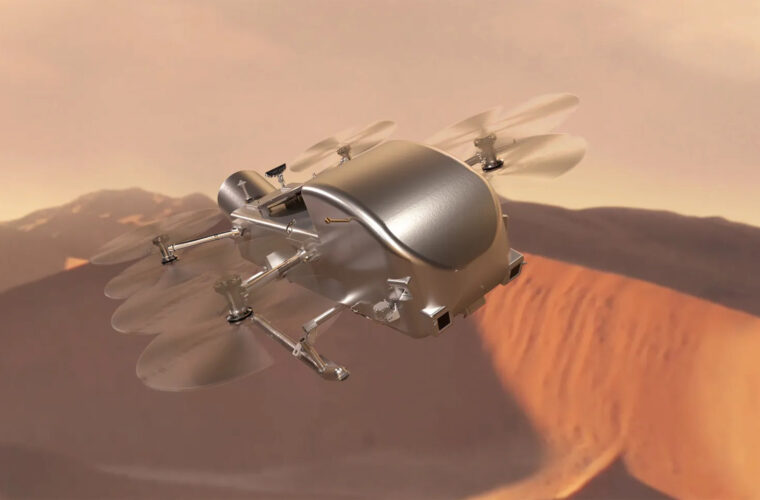As humans continue to explore and exploit the vast expanse of space, a growing concern is emerging in the form of space debris. Space debris, also known as space junk or orbital debris, consists of defunct satellites, spent rocket stages, fragments from previous space missions, and various other man-made objects that have found their way into Earth’s orbit. This space litter poses a serious threat to future space endeavours, and addressing the issue of space junk is becoming increasingly urgent.
Space junk comes from a variety of sources, but the primary contributors include defunct satellites, spent rocket stages, and collisions between active satellites and debris. The accumulation of space junk can be traced back to over six decades of human space exploration. As more missions are launched into space, the number of objects orbiting our planet grows. In addition to defunct satellites and rocket stages, small fragments produced by satellite collisions or the breakup of larger objects contribute to this space junkyard.
Space junk is a global issue that affects all nations involved in space exploration. Therefore, international cooperation is essential to address this challenge effectively. Organizations such as the United Nations Office for Outer Space Affairs (UNOOSA) work to establish guidelines and regulations for space activities and debris mitigation.
Space junk is a growing concern that could jeopardize future space exploration and satellite-based services. As humanity’s presence in space expands, addressing this issue becomes increasingly urgent.



